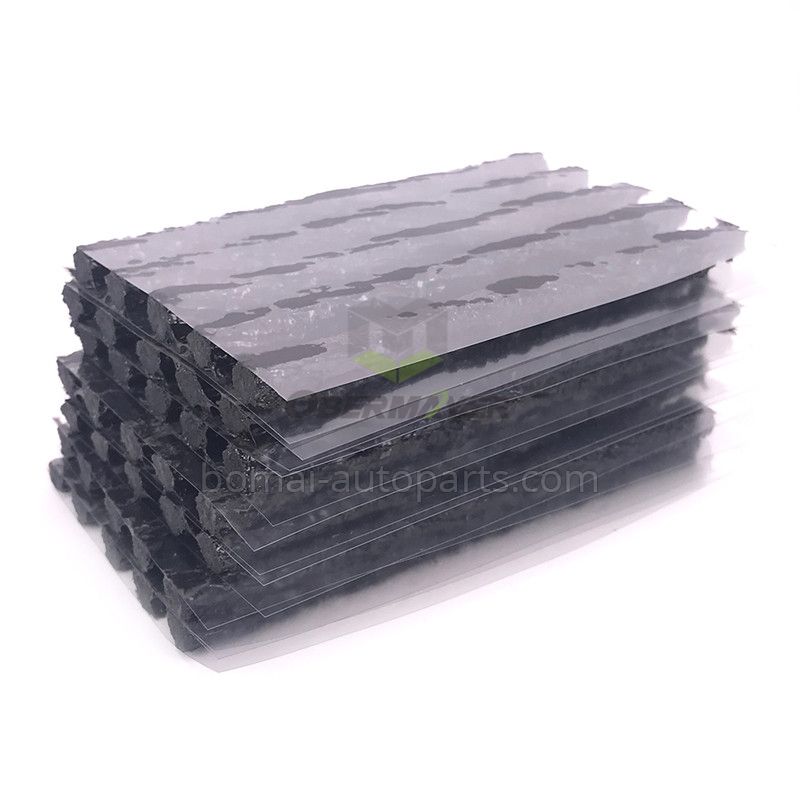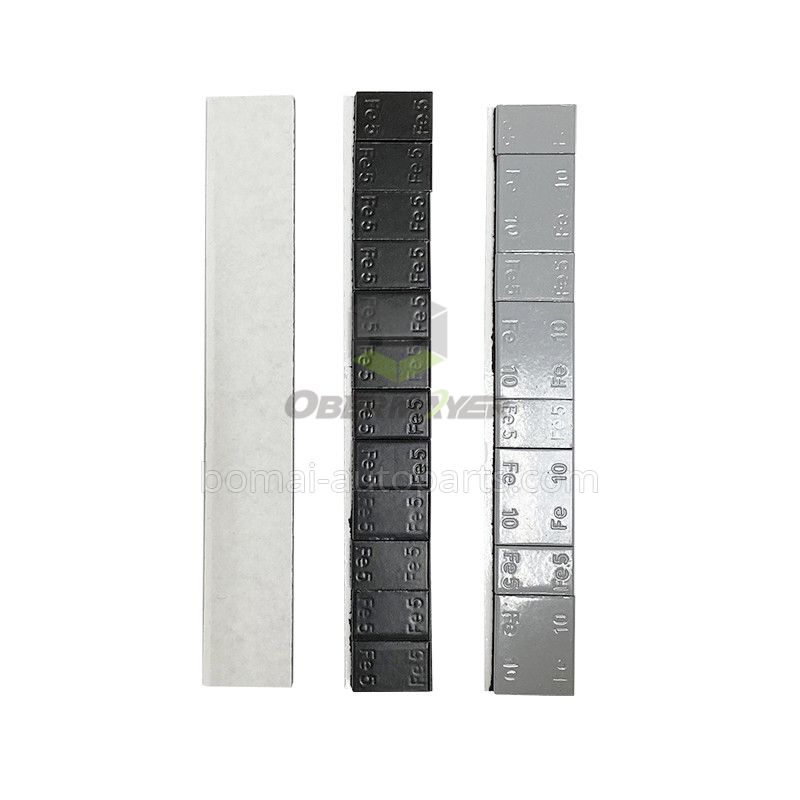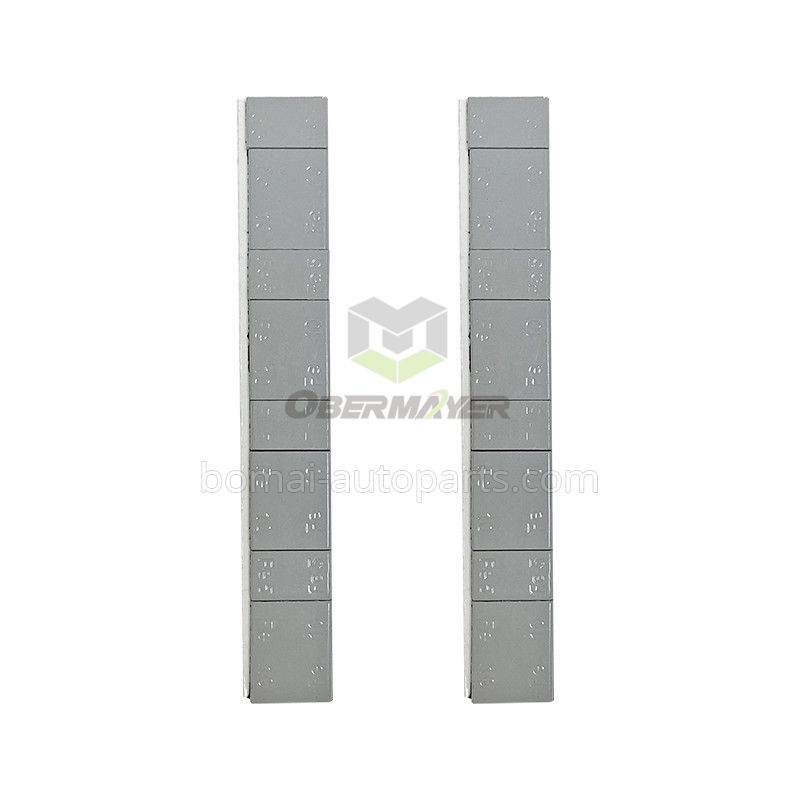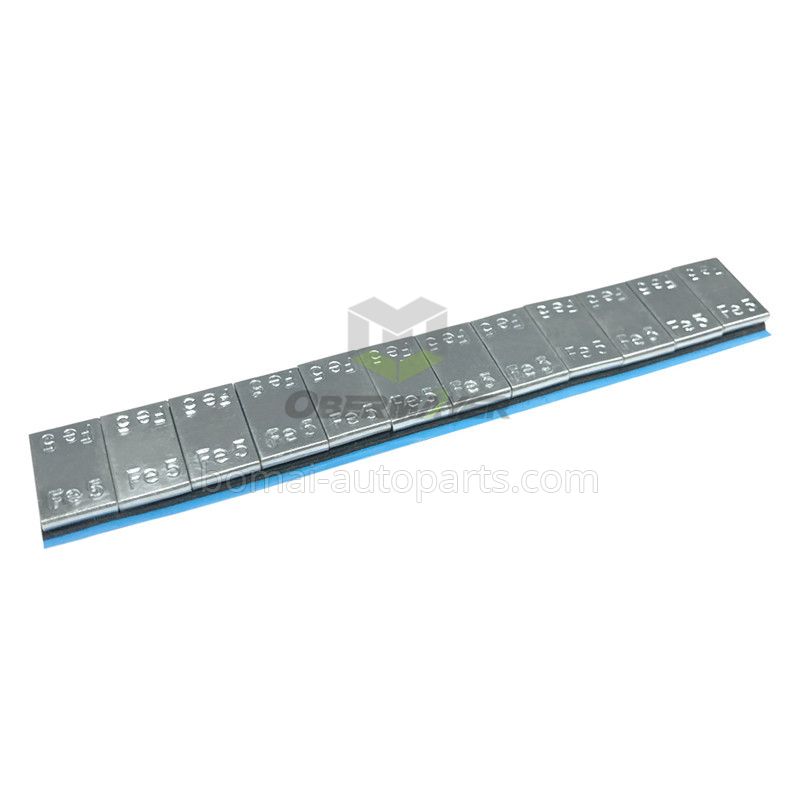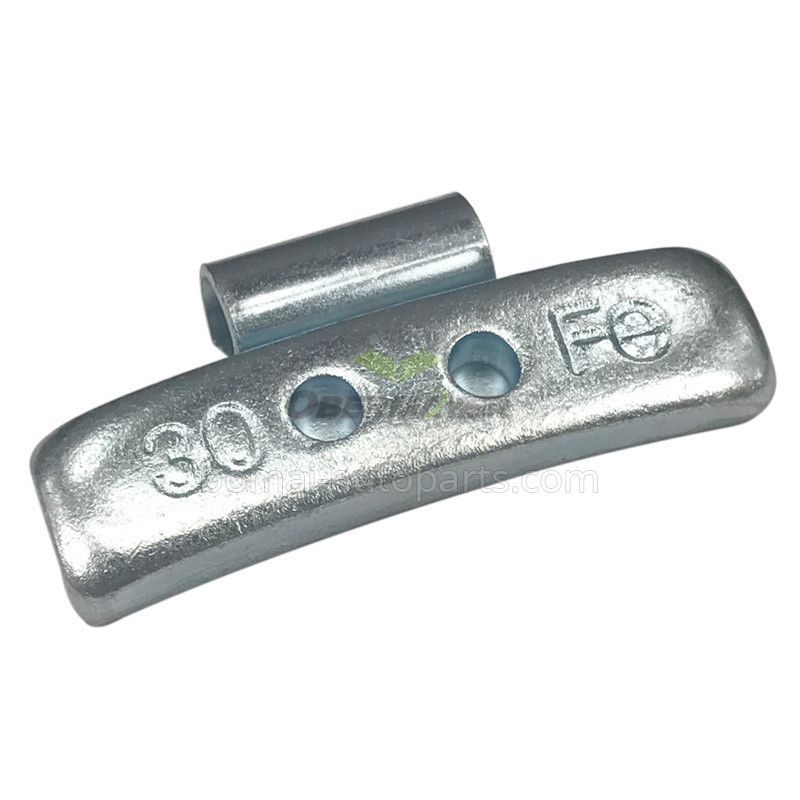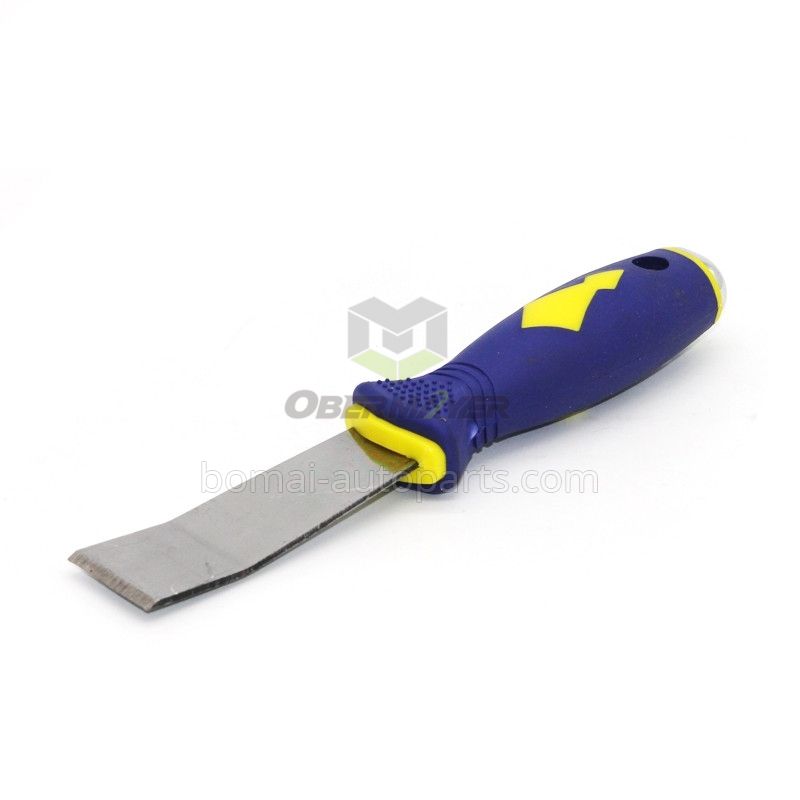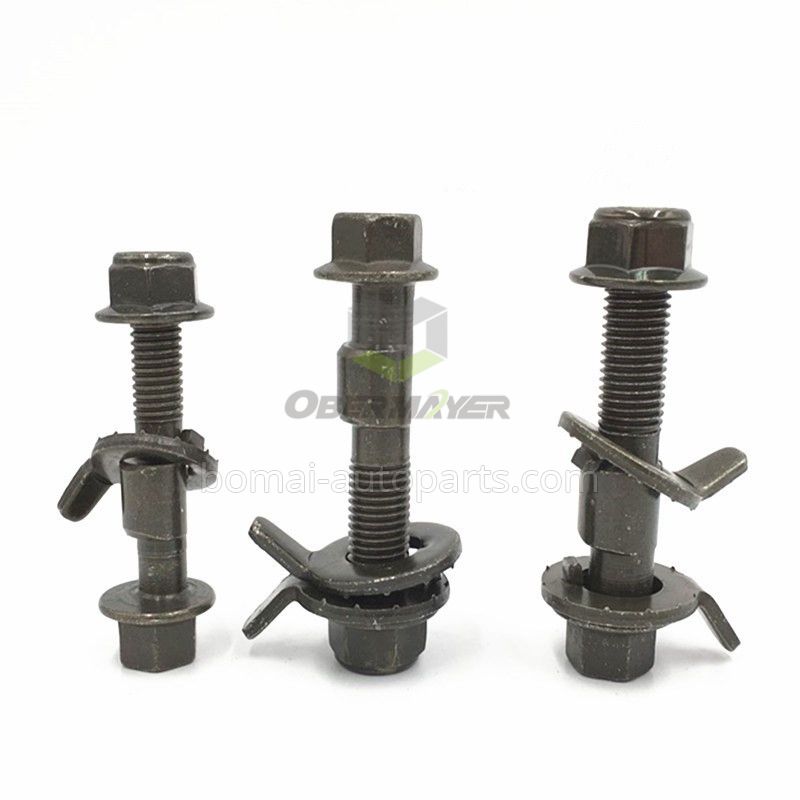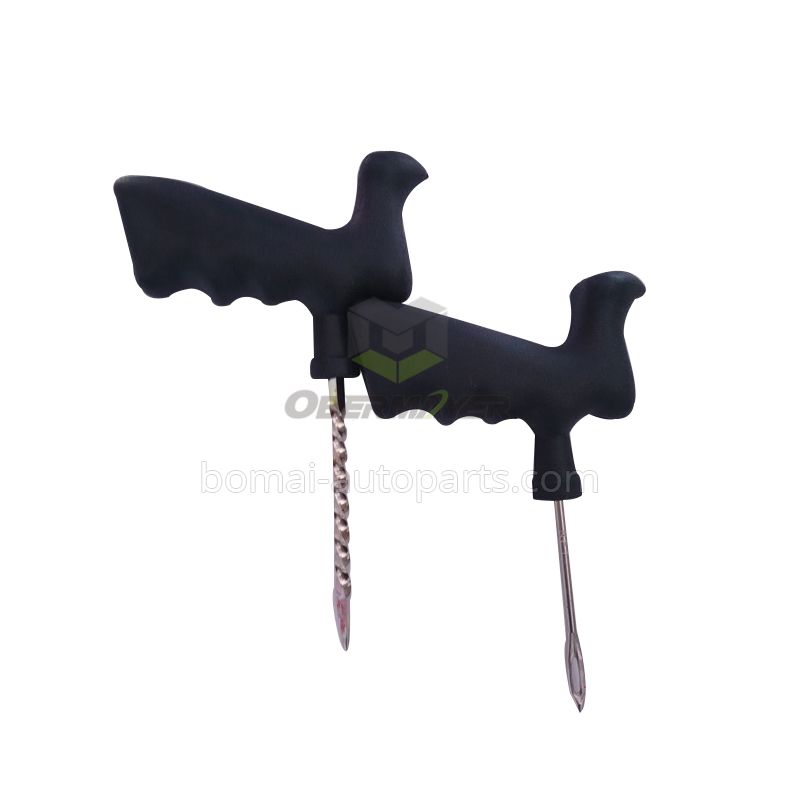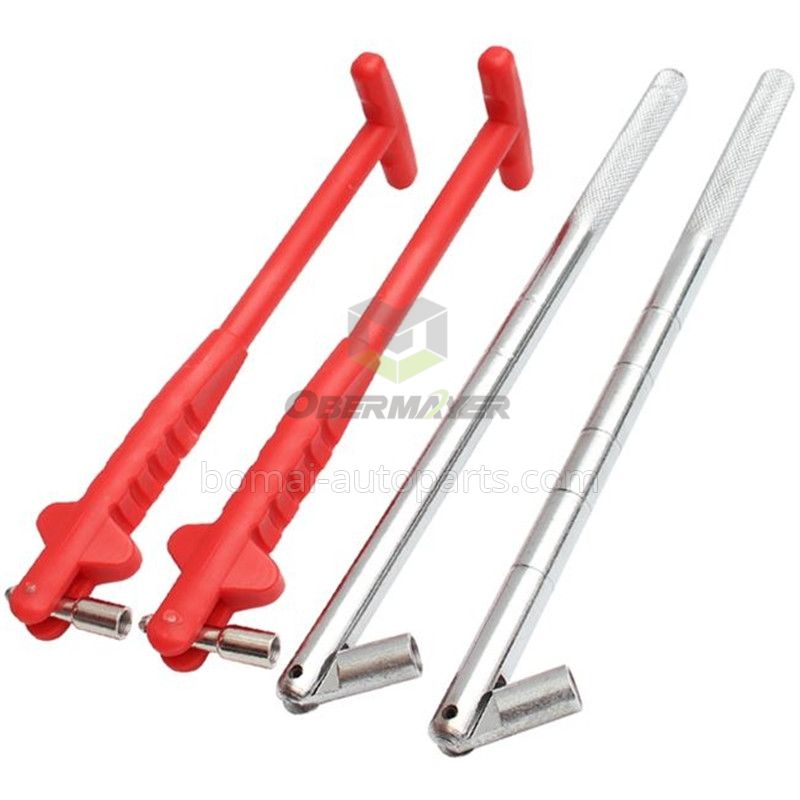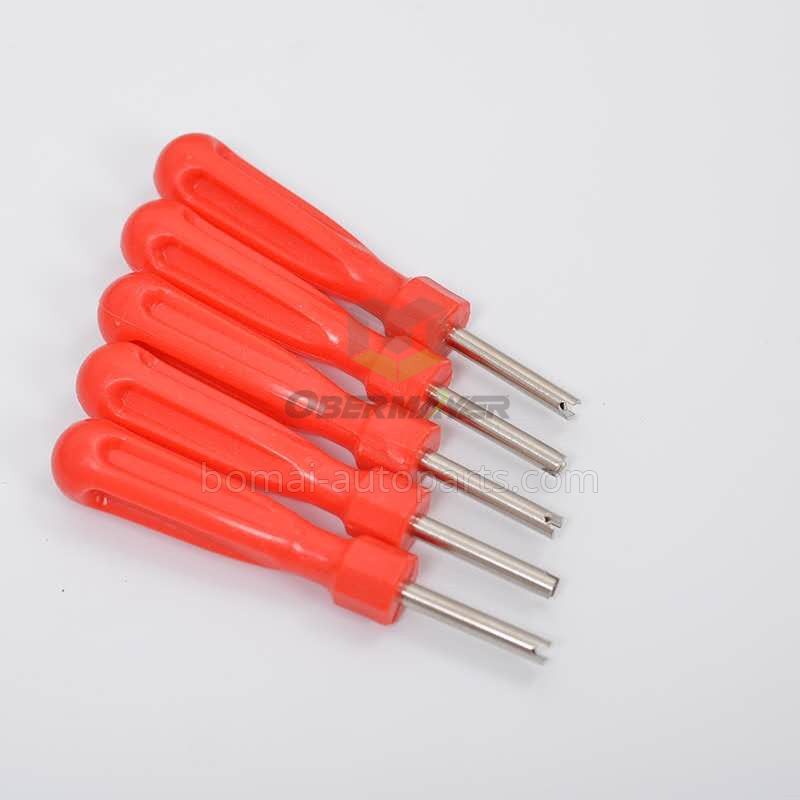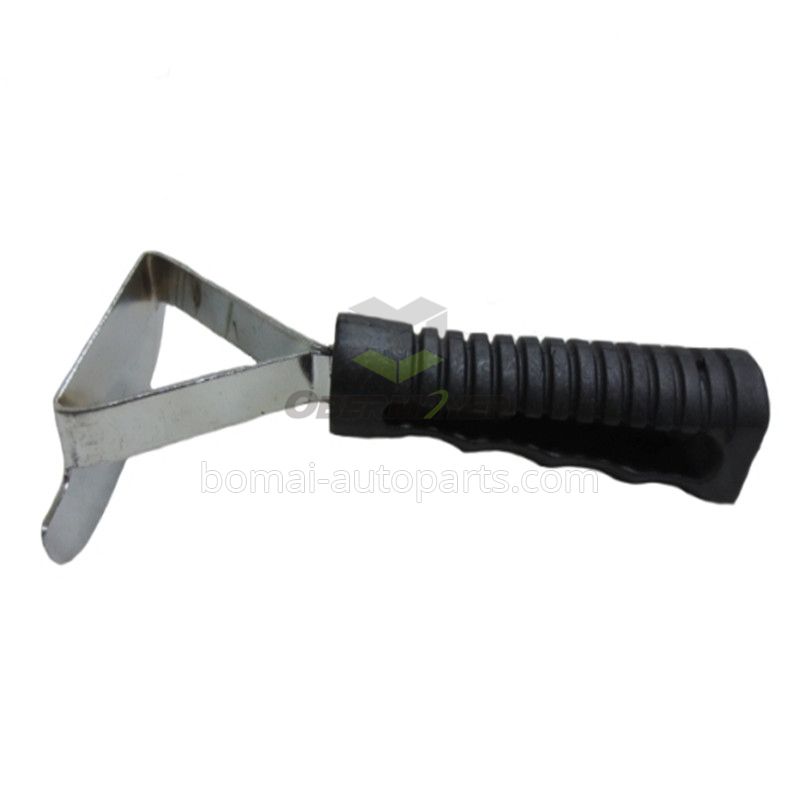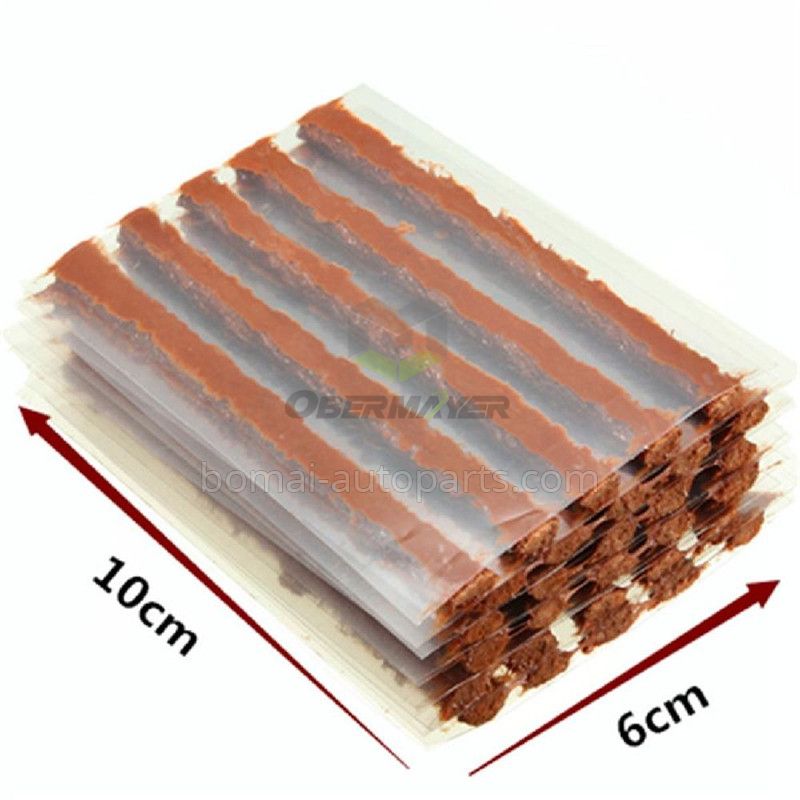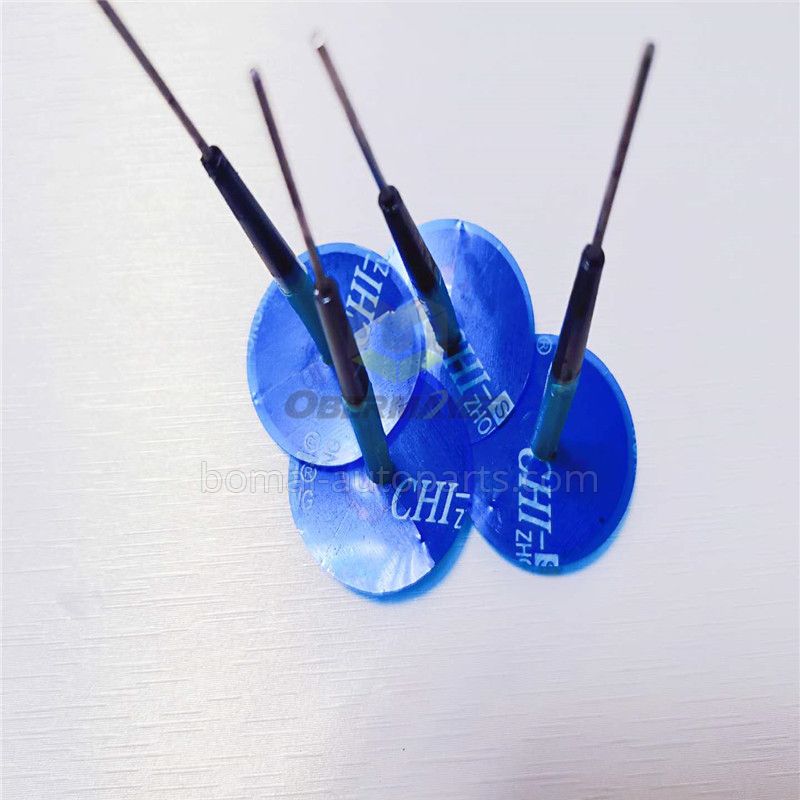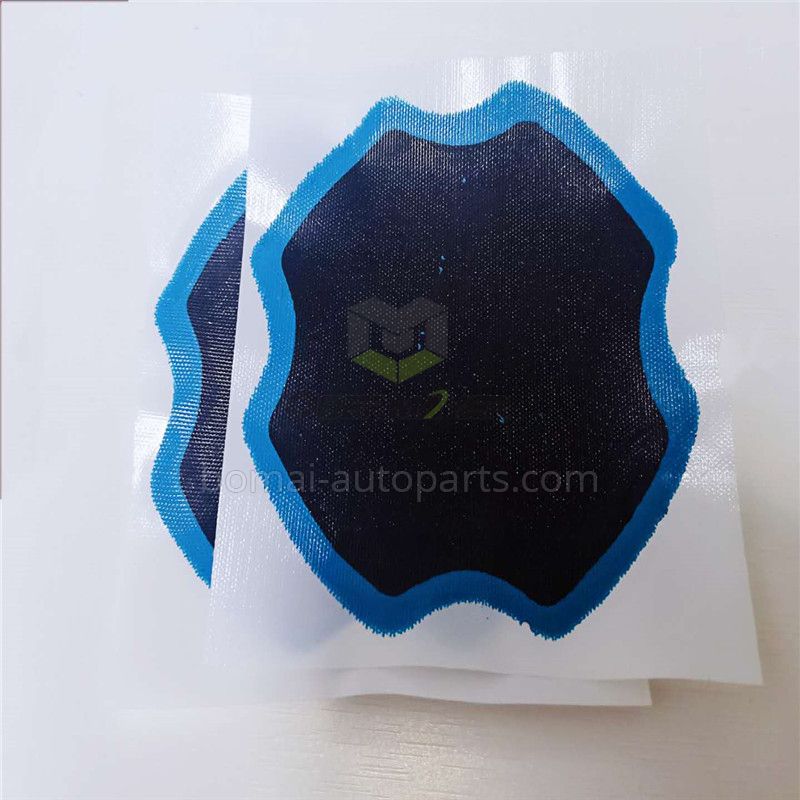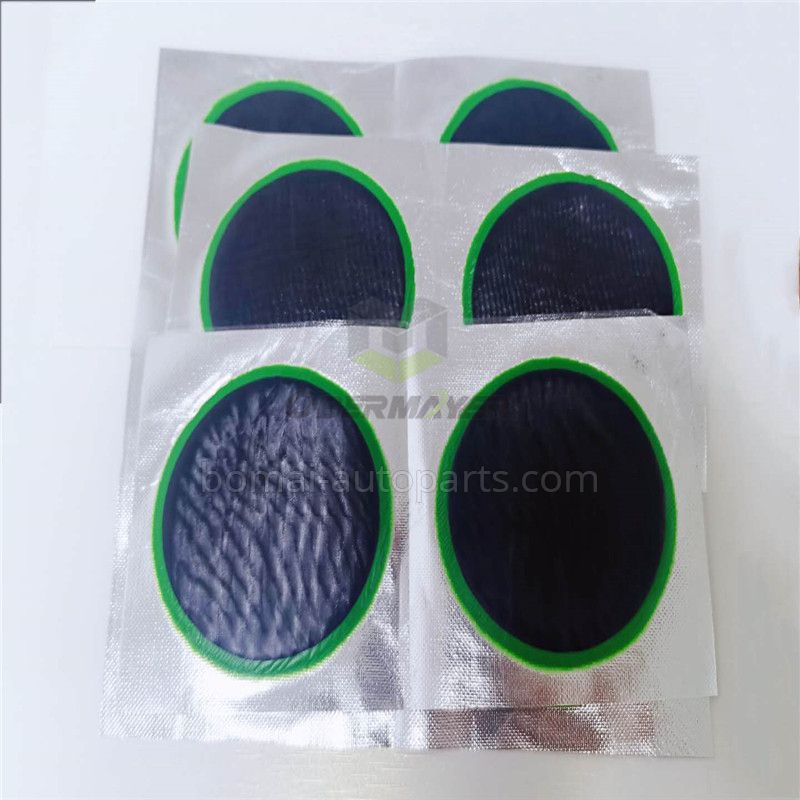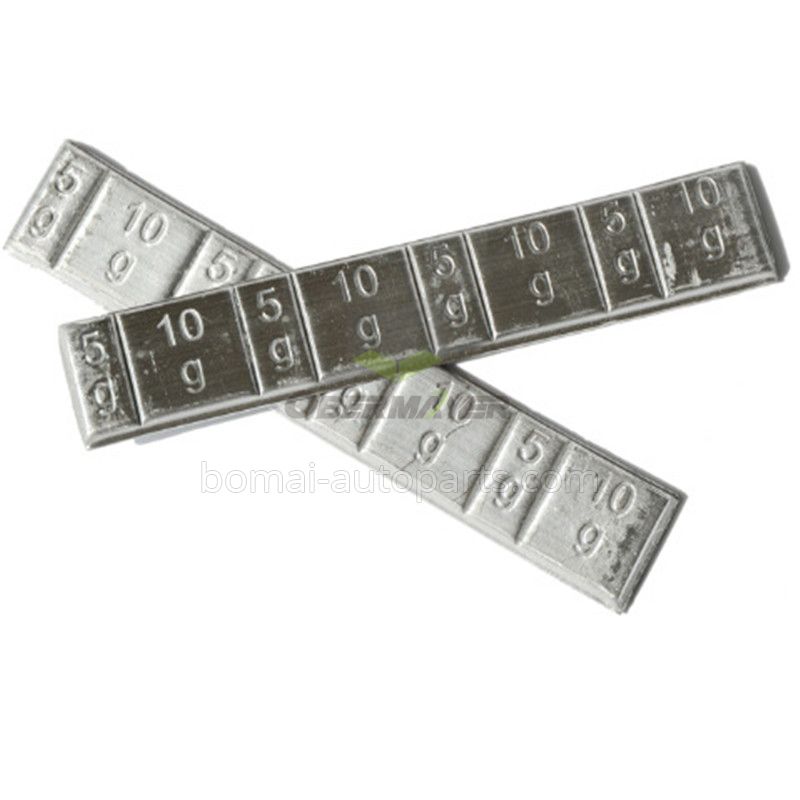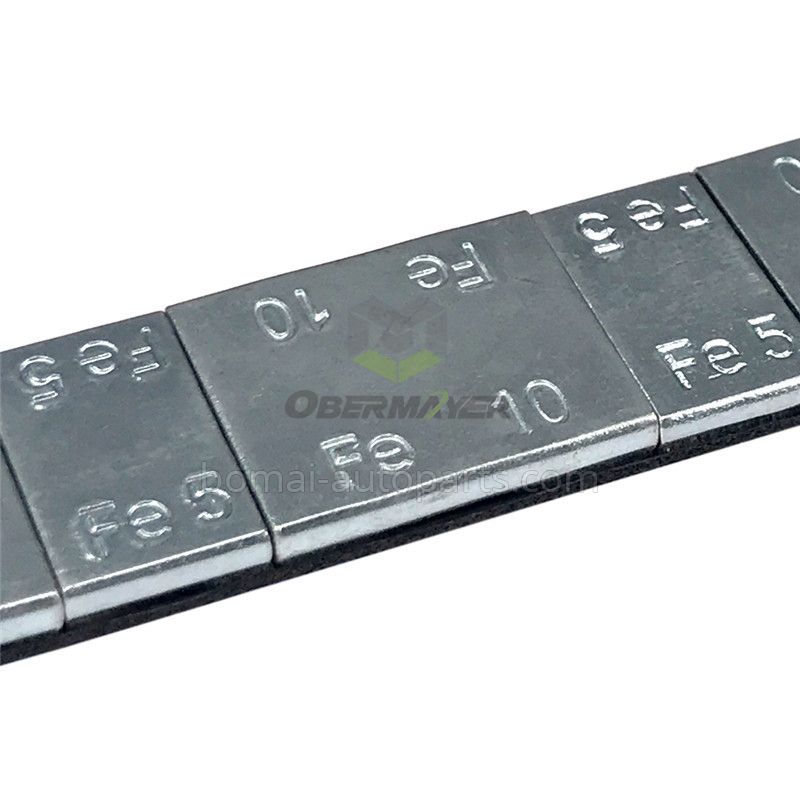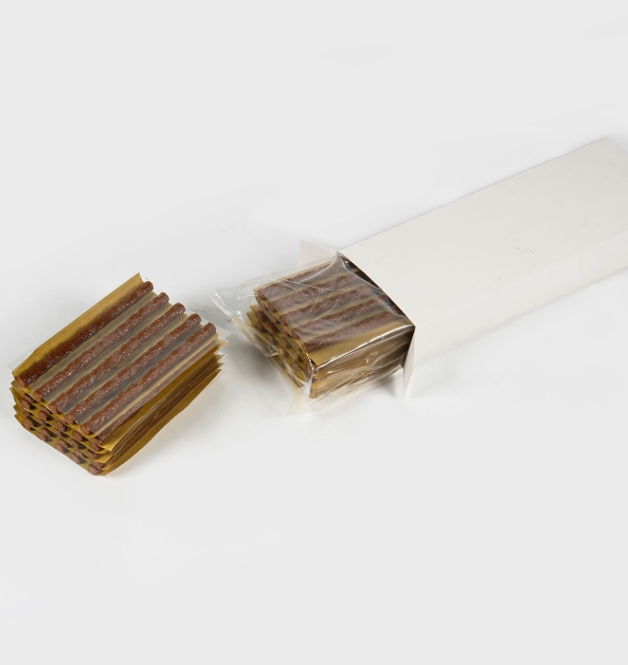Reasons for car dynamic balance
1. The axis positioning is inaccurate during the processing of the wheel hub and brake drum (disc), the processing error is large, the casting error of the non-processed surface is large, the heat treatment deformation, the deformation during use or uneven wear;
2. The quality of the wheel hub bolts is unequal, the wheel hub mass distribution is uneven or the radial circular runout, and the end face circular runout is too large;
3. The tire mass distribution is uneven, the size or shape error is too large, the deformation or uneven wear during use, the use of retread tires or pads, tire repair;
4. The inflation nozzles of the double tires are not 180 degrees apart, and the inflation nozzles of the single tires are not installed 180 degrees apart from the imbalance point mark;
5. When the wheel hub, brake drum, tire bolts, rims, inner tubes, linings, tires, etc. are disassembled and reassembled into tires, the accumulated unbalanced mass or shape deviation is too large, which destroys the original balance.
Steps
There are 4 steps to do dynamic balancing: first remove the LOGO, install the wheel on the dynamic balancer, and select a fixture of the appropriate size. Pull out the ruler on the dynamic balancer, measure, and then enter the first controller.
The second step is to take out the bending ruler and measure the rim width, and also enter it on the second controller.
The third step is to enter the rim diameter on the controller, press STRAR, and start.
When the test stops, the computer will measure the weight of the weights that need to be added to the inside and outside of the rim. Install the outside first, rotate the tire, and knock the weights on according to the prompts.
Dynamic balancing is only for a single tire, and the purpose is to prevent the tire from deflecting its center of gravity when it rotates. Dynamic balancing only requires removing the tire, putting it on the dynamic balancing machine, turning it, and looking at the value displayed by the machine.
Knock on the balance block corresponding to the value on both sides of the wheel at the same time (a small tin block with a buckle, with the weight marked on it), but it should be noted that, for example, if the left and right display 10 and 15 respectively, two balance blocks weighing 10 and 15 should be knocked on the left and right at the same time, instead of just knocking on a balance block weighing 5 on the right side, which will not meet the requirements.
Tires should be checked for dynamic balancing regularly, and checked with a dynamic balancing tester. Tire balance is divided into dynamic balance and static balance. Dynamic imbalance can cause wheels to sway and tires to wear in a wave-like pattern; static imbalance can cause bumps and bounces, often causing flat spots on tires. Therefore, regular balance checks can not only extend tire life, but also improve vehicle stability during driving, and avoid traffic accidents caused by tire swings, bounces, and loss of control during high-speed driving.
Main advantages
1. Enhance driving comfort;
2. Reduce gasoline consumption;
3. Increase tire life
4. Ensure vehicle straight-ahead stability;
5. Reduce wear on chassis suspension accessories;
6. Enhance driving safety.
Situations where dynamic balancing is required
1. After replacing new tires or after a collision accident repair;
2. Unilateral wear on front and rear tires;
3. The steering wheel is too heavy or floating and shaking during driving;
4. The car deviates to the left or right when driving straight;
5. Although there are no above conditions, for maintenance purposes, it is recommended that new cars be checked once every six months or 10,000 kilometers after driving for 3 months.



